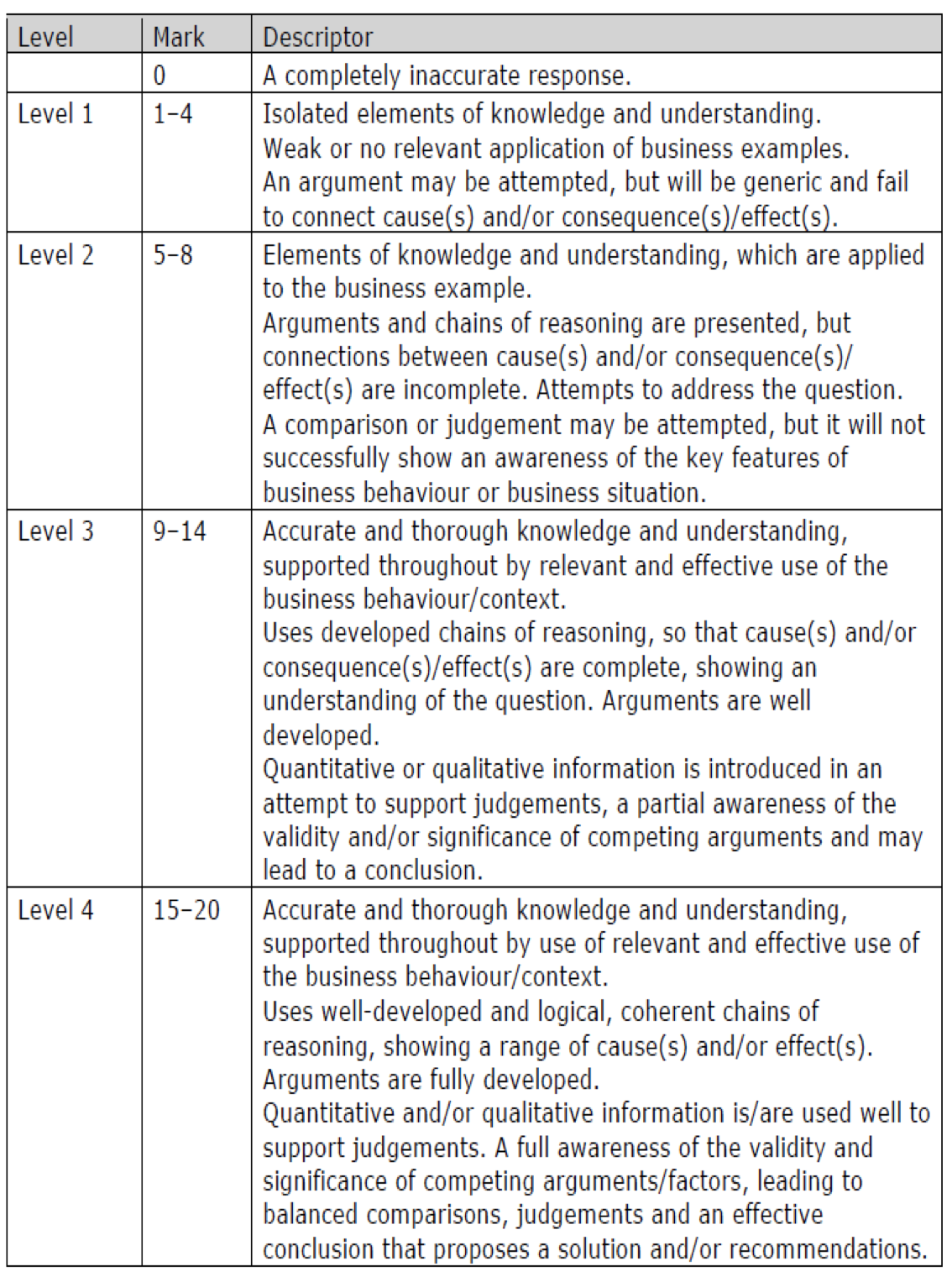Exchange Rate Changes
The Current Account and Balance of Payment
Current account
In theory, the exchange rate will have an impact on the current account. If there is a depreciation in the exchange rate. Then that particular country will experience a fall in the foreign price of its exports. It will appear more competitive and therefore there will be a rise in the quantity of exports.
Assuming demand for exports is relatively elastic then a depreciation will lead to an increase in the value of exports and therefore improve the current account deficit. Similarly a depreciation of the exchange rate, will also lead to an increase in the cost of buying imports. This will lead to a fall in demand for imports and also help to reduce the current account deficit. Therefore, in theory, a depreciation in the exchange rate should improve the current account and an appreciation should worsen the current account.
Balance of payment
A change in a country’s balance of payments can cause fluctuations in the exchange rate between its currency and foreign currencies. The reverse is also true where a fluctuation in relative currency strength can alter the balance of payments. There are two different and interrelated markets at work: the market for all financial transactions on the international market (balance of payments) and the supply and demand for a specific currency (exchange rate).
Economic Growth and Firms
Often a devaluation can cause a boost to economic growth. A lower exchange rate makes exports cheaper and increases demand for UK goods. This can provide additional demand which increases economic growth.
Depreciation can cause imports to become more expensive and cause a higher domestic demand.
But, if demand for exports and imports is relatively elastic and there is some spare capacity in the economy, then there should be an increase in economic growth.
One way that depreciation may help businesses is by rising the price of imports, because suppliers in the domestic market might be struggling to compete with imports. Depreciation will make a market more competitive and the output will rise, leading to more labour being needed.
Employment / Unemployment
An increase in competition and productivity after depreciation increases demand for exports. This leads to an injection into the circular flow which will result in increase in aggregate demand, increased investment, more jobs and higher incomes. This in the long term would decrease unemployment and strengthen the exchange rate.
If there is high levels of unemployment then there might be delays in increasing interest rates. Interest rates are important for short term exchange rates because if it is higher than in any other countries then it will attract investors to keep there money in the country which will increase demand for sterling and therefore its value.
Inflation rate
If there is a depreciation in the exchange rate, this depreciation should cause inflation to increase.
A depreciation means the currency buys less foreign exchange, therefore, imports are more expensive and exports are cheaper. Therefore, we get:
-
Imported inflation. The price of imported goods will go up because they are more expensive to buy from abroad
-
Higher domestic demand. Cheaper exports increases demand for UK exports. Therefore, there is an increase in domestic aggregate demand, and we may get demand pull inflation.
-
Less incentive to cut costs. Manufacturers who export see an improvement in competitiveness without making any effort. Some argue this may reduce their incentive to cut costs, and therefore, we get higher inflation over the long term.
Exam-Style Question
‘Research and Evaluate the possible effects on the US imposing tariffs on steel imports’ (20 marks).
KEYWORDS = Structure = Def key term, 2 vs 2 with PEE in every paragraph then a justified judgement.
-
Def/intro – [if stuck on time, sacrifice it!]
-
Agreeing point 1 (+context +explained)
-
‘However’ on point 1 (+context +explained)
-
Agreeing point 2 (+context +explained)
-
‘However’ on point 2 (+context +explained)
-
Conclusion/recommendation – give a justified judgement
Potential agreeing points = protectionism, protect local steel worker jobs and keep U/E down. Retaliation – Chinese were dumping cheap steel into the US markets and distorting it. Thus impostion of tariffs is permitted under WTO rules.
Potential however points = it puts the price up for importers, which will be passed onto customers – imported inflation! Risk escalating a trade war with the Chinese who might put further tariffs on American exports into China as retaliation.
STANDARD MARK SCHEME FOR A 20 MARKER CAN BE FOUND BELOW – MAKE A NOTE OF WHAT SKILLS YOU REQUIRE TO GET INTO LEVEL 4, STRUCTURE AND EXAM TECHNIQUE IS EVERYTHING.
FDI inflows
FDI is an investment in the from a business to another country that is worth investing in such as cheaper labour.
For an organisation to give FDI to another country, they are required to use their currency to buy the currency of that country. This enables them to buy resources in that country. The purchase of the currency increases its demand and decreases the supply, causing the value of that currency to appreciate. Simultaneously however, as the value of the currency of the country receiving the FDI increases, the value of the currency of the country giving the FDI depreciates.
Reflection Time: How does the ‘Eurozone crisis’ affect the value of the Euro and thus the Eurozone economies and due to interdependence those non-Eurozone nations as well such as the UK? Look up some current affairs - What is happening with the Greek Economy today? And therefore the Euro?

